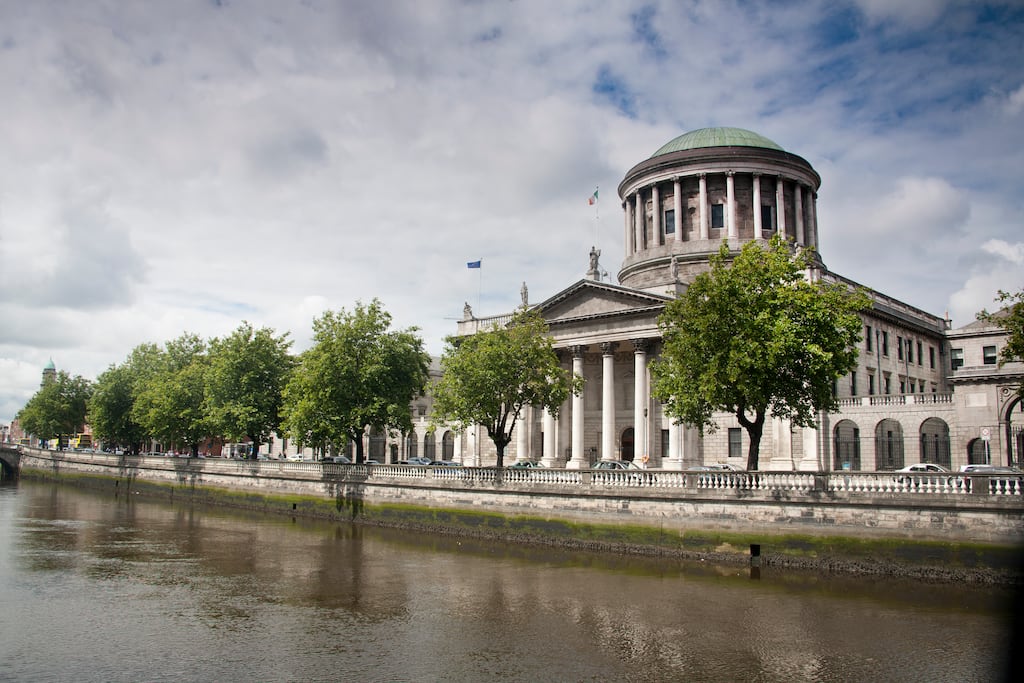The alleged shortcomings of the Government’s climate action plan are set to come under the spotlight in High Court proceedings.
The response by the Government and State to the claims made by Friends of the Irish Environment (FIE) will be provided later this month and a date for the full hearing may be set later this year.
In judicial review proceedings, FIE claims the 2023 Climate Action Plan does not explain how the actions set out will achieve the greenhouse gas emission reduction targets required to stay within legally binding carbon budgets. That, it alleges, is a breach of the Government’s legal duties under the Climate Action and Low Carbon Development Act 2015.
The State’s climate action plan is published annually, with an annex of planned actions, for the purpose of setting out a roadmap for meeting the Republic’s 2021-2025 legally binding carbon budget, the total emissions permitted during that five-year period.
READ MORE
The 2023 plan was published in December 2022 but it was only after an annex of intended actions was approved last March it became apparent the plan as a whole was not compliant with the 2015 Act, FIE claims.
Its concerns about alleged lack of specificity in the plan have increased in the wake of a recent report from the Environmental Protection Agency (EPA) disclosing greenhouse gas emissions were cut by 1.9 per cent last year when the plan aims for cuts of 4.8 per cent annually to 2025.
Failure to meet the 4.8 per cent target will mean the State will have to implement annual cuts of some 12.4 per cent to stay within the carbon budgets.
FIE says Ireland’s greenhouse gas emissions remain persistently high, the third worst of the 27 EU member states.
“Ireland has a legal and ethical duty to adhere to its obligations on climate change, to protect children, citizens and communities from the most dangerous impacts of the climate crisis and to prevent the need for more abrupt and forceful action later,” said FIE spokesman Tony Lowes.
The High Court case, for which leave was granted last June, follows a separate and significant case by FIE leading to a Supreme Court decision in 2020 that an earlier climate action plan was too vague.
In that case, then Chief Justice Frank Clarke said climate action plans are a matter of law, not of policy, and the 2015 Act requires the State be more specific about how targets would be achieved, Mr Lowes outlined. FIE, in its latest case, is “just trying to ensure the Supreme Court decision is played out in reality”.
FIE had considerable public support for its earlier action, Mr Lowes said, and is very encouraged it is represented in the latest case by the Centre for Environmental Justice at the charity, Community Law and Mediation (CLM).
Solicitor Rose Wall, head of the centre, said this is the first time a community law centre has taken on such an action. It decided to get involved because climate change has “a disproportionate impact” on poorer communities and Ireland’s “very poor” record in meeting emission reduction targets.
People from vulnerable communities have sought CLM’s assistance about issues including flooding, which have made many homes uninsurable, and poor air quality, she said.
Among the orders being sought by FIE are ones quashing the 2023 plan and directing adoption of a plan consistent with the obligations of the respondents under the 2015 Act. That, FIE claims, requires quantification of the emissions reductions expected from the measures in the 2023 plan and adoption of such further measures necessary to achieve the emissions reductions necessary to comply with the first carbon budget of 2021-2025.














